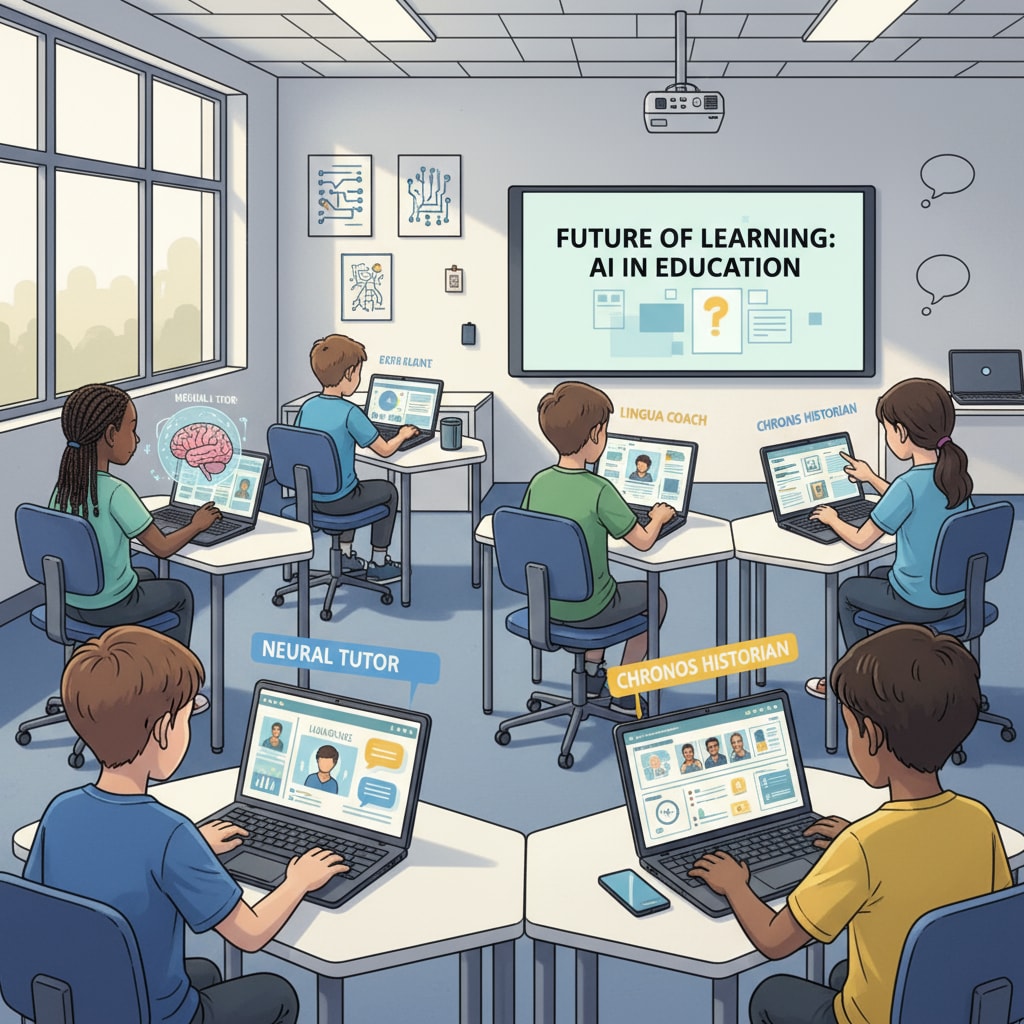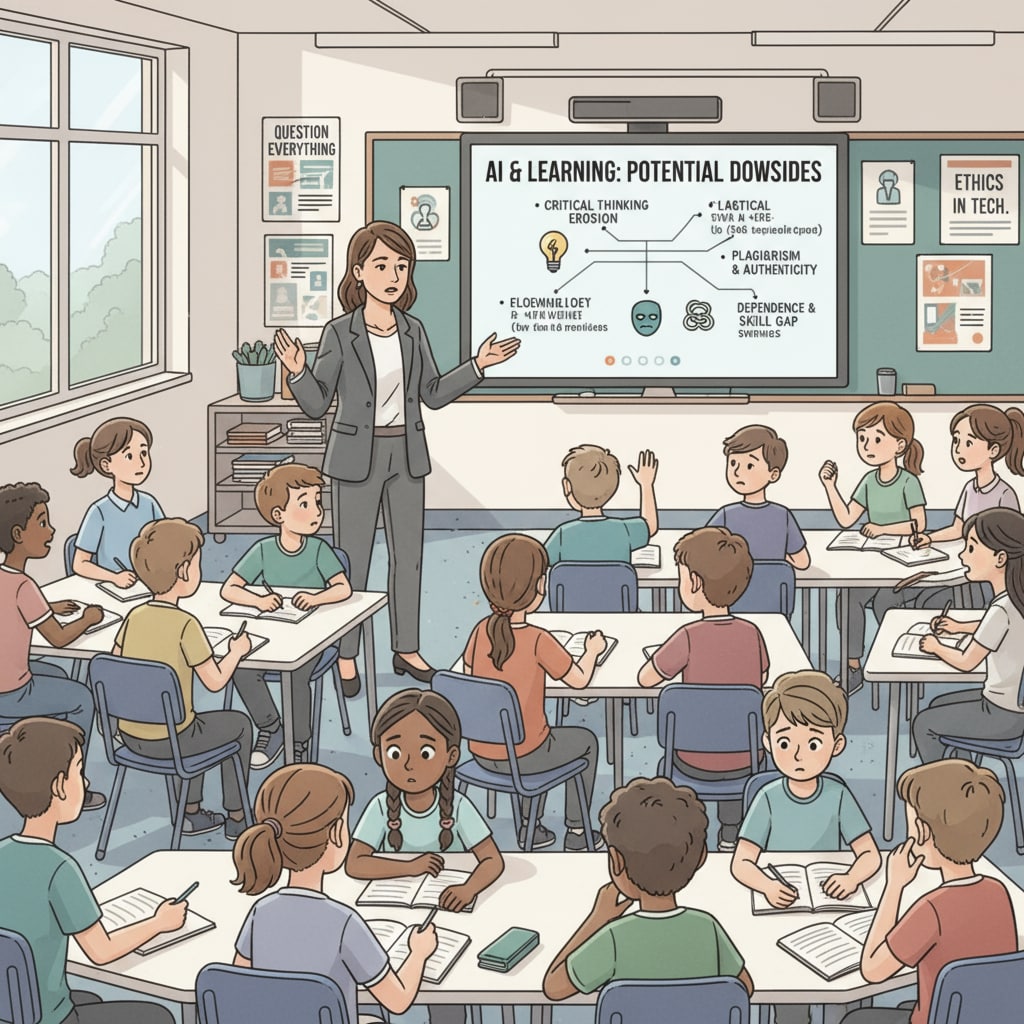Artificial intelligence, education, and learning tools have become intertwined in today’s rapidly evolving technological landscape. As AI continues to advance, educators are faced with the crucial question of how to appropriately position and utilize these tools within the K12 educational environment. This article delves into this issue, examining the two extreme stances of complete prohibition and unrestricted openness, and suggesting a more balanced approach known as “meaningful integration.”

The Case for Prohibition
Some educators advocate for a complete ban on AI tools in K12 education. Their concerns are multifaceted. Firstly, there are worries about academic integrity. With AI-powered writing tools, for example, students could potentially submit work that is not their own, undermining the assessment of their true knowledge and skills. Secondly, there is the fear of students becoming overly reliant on AI. If students constantly turn to AI for answers, they may not develop critical thinking, problem-solving, and creativity, which are essential for their long-term growth. As a result, a prohibition might seem like a straightforward way to safeguard the traditional educational values. AI in Education on NEA

The Case for Openness
On the other hand, proponents of full openness argue that AI can be a powerful educational ally. AI has the potential to personalize learning experiences. Adaptive learning platforms can analyze students’ strengths and weaknesses, providing customized lessons and feedback. Additionally, AI can offer access to vast amounts of educational resources. For instance, virtual tutoring services powered by AI can be available around the clock, helping students who may not have access to in-person tutoring. Therefore, embracing AI can enhance the educational opportunities available to students. Why AI Can’t Replace Educators on EdTech Magazine
The Path of Meaningful Integration
Instead of choosing between the two extremes, a more productive approach is to pursue meaningful integration. This involves using AI as a supplementary tool rather than a replacement for educators. Educators can design learning activities that incorporate AI in a way that fosters critical thinking. For example, students could be asked to use AI to gather data and then analyze and interpret it independently. Moreover, clear guidelines and ethical frameworks should be established. Teachers can educate students about the proper use of AI, emphasizing the importance of academic honesty. In this way, AI can be harnessed to enhance the educational process while maintaining educational integrity.
Readability guidance: This article has presented different perspectives on AI in education, from the cautious stance of prohibition to the enthusiastic embrace of openness, and finally, the balanced approach of meaningful integration. By understanding these viewpoints, educators can make informed decisions about how to incorporate AI into the classroom, ensuring that it serves as a beneficial learning tool in the K12 educational environment.


